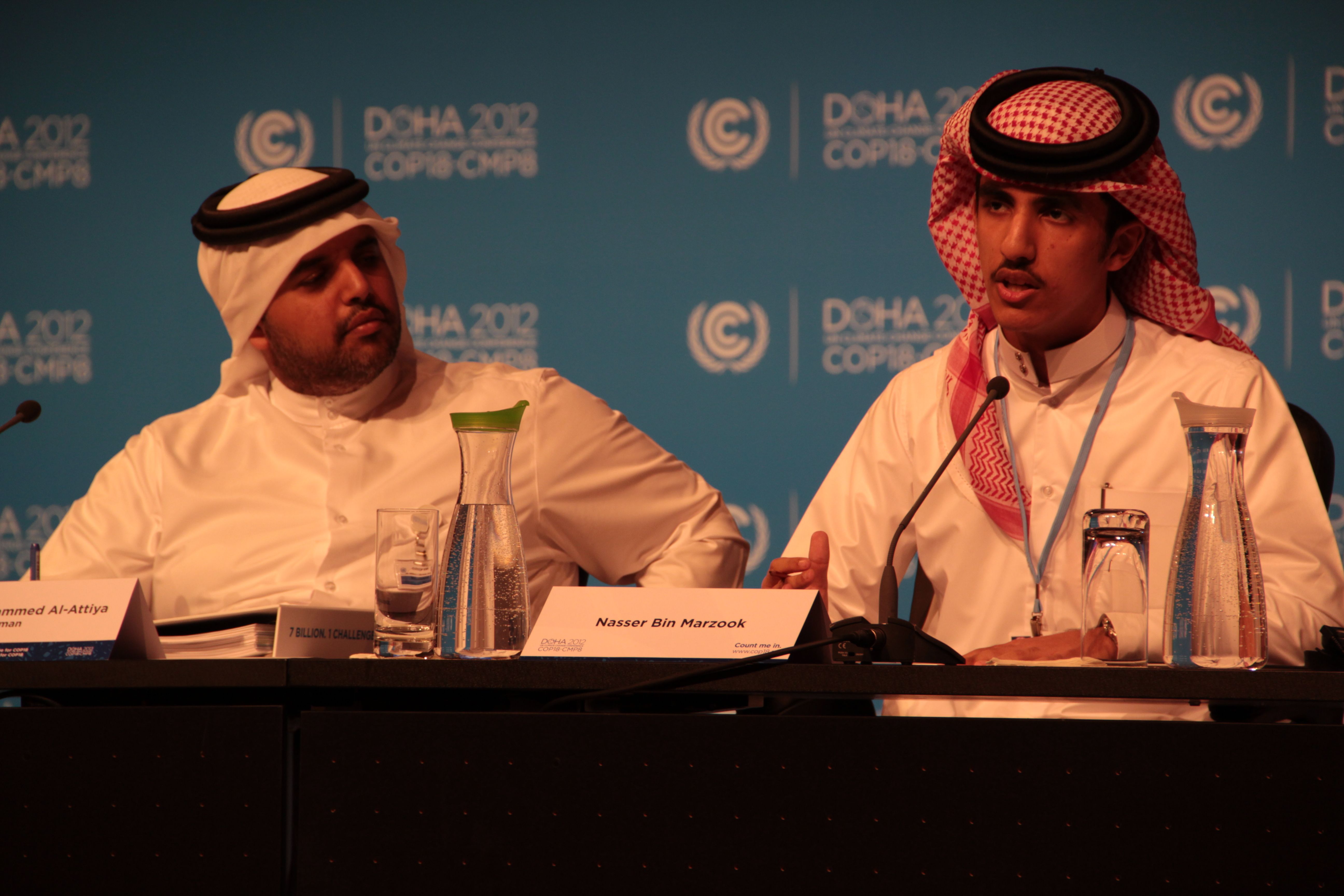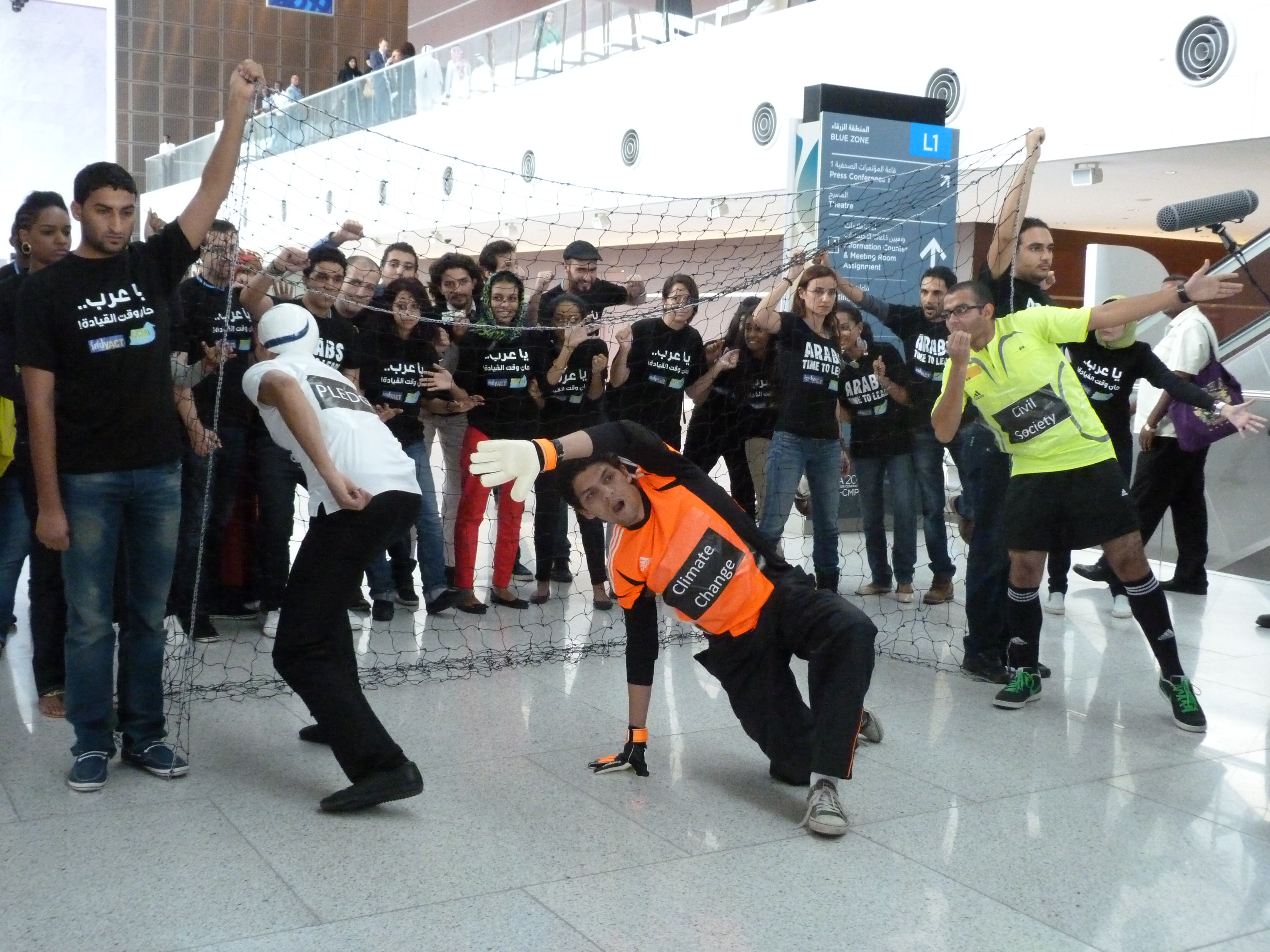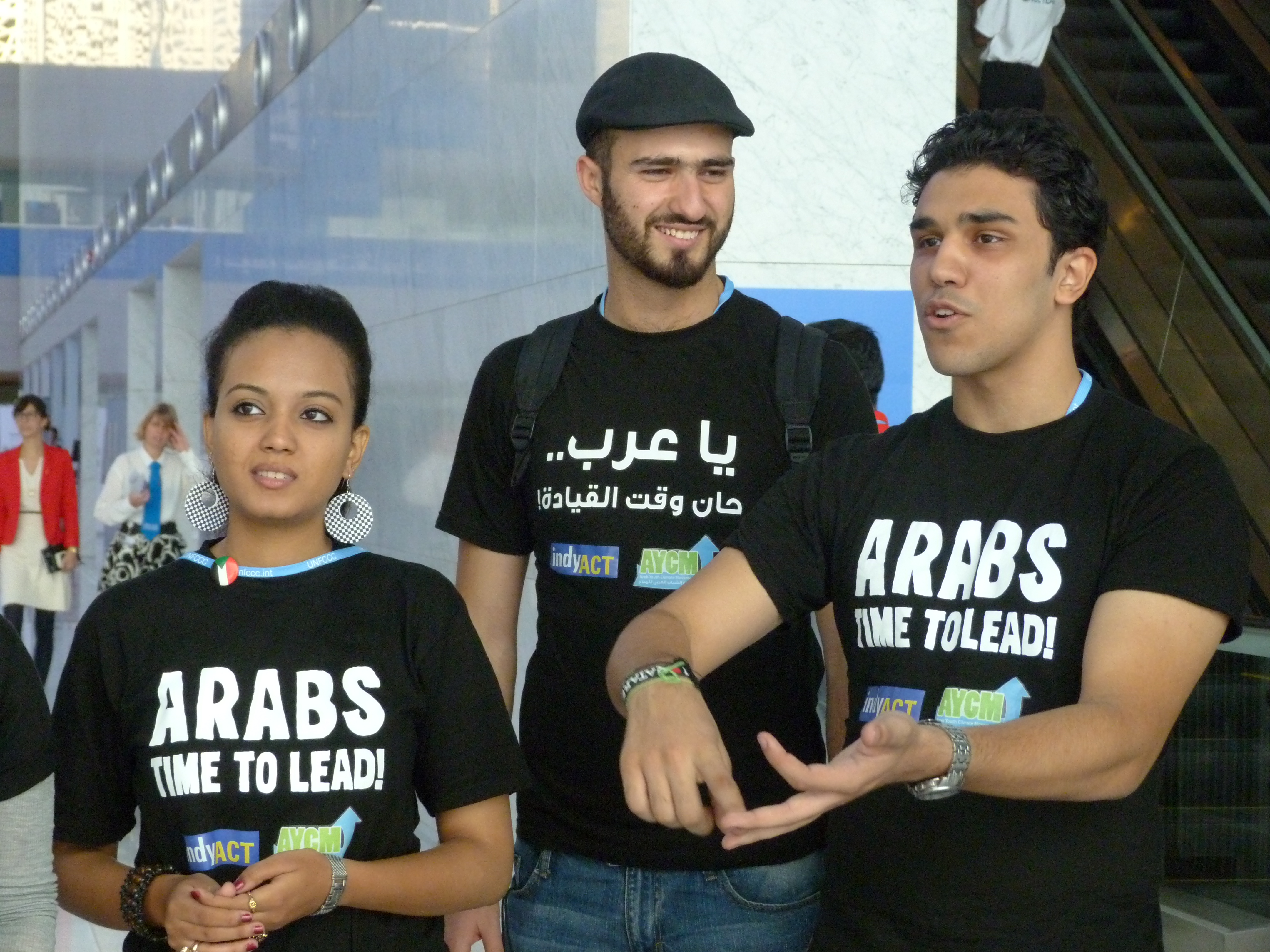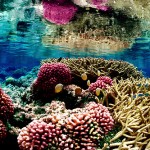Search Results for Tag: climate change
Soot as second worst greenhouse gas
Whenever your candle’s wick is too long, the lit candle produces something called soot. Soot consists of 80 to 95 percent carbon particles, which is why it’s also known as “black carbon”. Researchers have found that black carbon aerosols are actually twice as harmful to the climate as previously thought; in fact, soot is now as the second worst greenhouse gas after CO2.
But of course, it’s not the few candles in your home that are sparking global warming. Scientists trace the damaging effects mainly back to burnt wood and coal in industry and private households. Apart from savanna and bush fires, traditional, simple fires for cooking are the main source of black carbon emissions, researchers say. Another major source are diesel engines that don’t have particle filters.
Black carbon can scatter in the air and land on earth’s surface. It absorbs or disperses sunlight and thereby influences cloud formation and accelerates the melting of snow and ice.
In contrast to CO2, it’s more difficult to evaluate the consequences of black carbon emission because its effect varies depending on air circulation and humidity.
Despite that uncertainty, scientists are confident that climate change could be slowed down by reducing black carbon. They believe it would be possible to reduce global warming by half a degree.
But it’s not only the climate that would gain from slashing black carbon emissions. People’s health would also benefit – diesel smoke, for example, has been linked to lung cancer.
Yet cutting back on black carbon is easier said than done. Most emissions are generated in less developed regions, where the technology needed to avoid or reduce emissions are simply not yet available on a large scale.
Act now – or you’re (perhaps) wasting money
If planet Earth’s fate is not strong enough an argument for fighting climate change, perhaps money is? Researchers now calculated the costs of climate change: They found that costs enormously increase the longer politicians put off taking action. So are our economies prepared to take the hit?
About 200 country leaders agreed at the UN climate conference in Doha last December to (further) lower greenhouse gas emissions from 2020 on. That is how they want to keep global warming in check limiting it to two degrees compared to the preindustrial level. “If you delay action by 10, 20 years you significantly reduce the chances of meeting the 2 degree target”, Keywan Riahi, IIASA energy program leader and study co-author told Reuters news agency.
The scientists developed a freely available software-tool to test under which conditions the two-degree-target is most likely to be obtained. For the first time, they included all important variables in their calculation: the time elapsed until first action takes place, future energy demand, carbon prices, new energy technologies, and uncertainty about how the climate system reacts.
Though all of them are important, the most crucial one is the time it takes until you take action, Riahi says: “With a twenty-year delay, you can throw as much money as you have at the problem, and the best outcome you can get is a fifty-fifty chance of keeping temperature rise below two degrees.”
2012 in review from a climate change perspective
At the end of the year you get flooded with reviews of 2012. We won’t bore you with another one. Well, we can’t do without revisiting last year at all. So here are some interesting bits and pieces of info on what happened in 2012 from a climate change perspective.
Oil and coal are set to be phased out sooner or later, scientists are busy exploring alternatives. One of them comes straight from the gut. No kidding. In January they presented genetically engineered gut bacteria that could convert seaweed into ethanol. If the process is feasible on large scales, this may help solve the fuel-versus-food- dilemma.
Flood protection for coastal areas, habitat to thousands of species: coral reefs maintain several critical roles in the Earth’s ecosystems – some of which are under particular threat due to climate change. But at the same time corals themselves are threatened by global warming, as NASA scientists confirmed in February following one of the most comprehensive studies yet undertaken on the issue. Rising water temperatures and increasing acidification lead corals to dissolve and die – and the loss of their protective role.
But there is also good news: There is a shift in the climate change debate – from “does climate change exists?” we’ve moved on to “what impacts does climate change have?” and in the best case “how can we prevent it?”. March saw the public discuss a question – well in line with this new level of awareness: Has climate change been underestimated so far? Scientists warned, the global mean temperature could rise by 3 degrees Celsius by 2050.
Climate change is not an isolated problem, but associated with other issues – like food security for example. So, in April, experts and locals discussed at the Climate Smart Agriculture in Asia workshop how to secure rice production in a warming world with more intense droughts and rainfalls. Rice is the staple diet for more than half of the world’s population. At present some 870 million people are already suffering from hunger – not to imagine how this situation will worsen if rice production falls short.
In May world leaders met in Bonn for climate conference – but were not able to agree on any effective measures.
At least a little more optimism could be found at the Rio+20 conference in June: Our reporters Kerstin and Philipp were there for you, presenting innovative people, their ideas and opinions. Re-experience their trip here.
To mitigate global warming, researchers also come up with controversial ideas – most of them attempts to fix the climate by resorting to geoengineering. One idea was highly disputed in July: by dumping iron into the ocean, the ocean’s ability to act as a carbon sink should be increased.
Even some climate skeptics were finally convinced of the reality of climate change, when severe droughts and heat waves hit the United States in the summer months around August. Russia also suffered from extreme droughts, but for the US 2012 has been the hottest year ever recorded.
From dry and hot regions to cold ones: in the middle of September the Arctic ice cover reached an all-time low. Ice melting during the summer is not unusual, but the rate of melting and the large area affected astonished researchers.
Watching the densely populated US East coast brace for the impact of super hurricane Sandy in October, many people around the world paused – the effect of climate change appeared so undeniable as hardly ever before: More and more people in the United States – the developed country with the highest CO2 emissions per capita – start believing that climate change is real.
Following the strong winds, in November researchers declared that sealevels are rising quicker than expected: in fact, the oceans are rising 60 percent faster than previously thought.
In December super-thyphoon Bopha hit the Phillipines, being far stronger than the storm that killed more than 1,200 people in the same region a year earlier. Furthermore the next IPCC report – to be published in 2013 or 2014 – was leaked, revealing that CO2 emissions caused by humans are now “virtually certain” to be the reason for global warming. As this is not really new to a lot of people, country leaders discussed at the climate conference in Doha, Qatar how to deal with climate change. Our reporters Kerstin and Klaus went to Doha for you – revealing all the green ideas they encountered there.
What would you say – anything else we should include to complete our 2012’s climate-change-review?
1:0 for Bottom Up versus Top Down
Text and fotos by Kerstin Schnatz from Doha, Qatar

Being a monarchy with no elected national parliament up to date, Qatar does not have a history of civil society movements. Despite this lack of democratic history, the emirate currently welcomes civil society delegates from around the world to the 18th United Nations Conference on Climate Change (COP18) – among them many young people. At Youth Day, youngsters from the Arab world demanded a stronger stance on tackling climate change – in very different ways.
Top down: Qatar’s youth ambassadors
„When I was 18 years old, there was only one flight out of London a week. Now there are seven.“ The Quatari Chairman of the Organizing Committee for COP18, his Excellency Fahad Bin Mohammed Al-Attiya, highlights new study opportunities for young Qataris – like the young Nasser Bin Marzook, sitting next to him on the panel. Nasser and his three fellow „youth ambassadors“, appointed by the government, look down into an almost deserted audience with a mixture of shyness and pride.

17 year old Nasser is still at school. During his exchange year in the USA, he learned about the problems of acid oceans as a result of CO2 emissions. As Qatar heavily depends on sea water for their freshwater supply coming from desalination plants, Nasser wants to spread the word about this problem in his own country. His fellow youth ambassador’s approach, 18-year old Mariam Al-Nesf, is a different one: „Here in Qatar we have no rainforest – but we have mangrove forests that we need to protect.“ Sahar Al Ansari, 18, a Freshman at Qatar University, visited a village entirely powered by solar energy in Brazil and wishes to bring renewable energies to his home country. In Qatar, electricity is still 100% derived from fossil fuels, despite the sun shining almost every day.
Each of the young ambassadors speaks for about one minute, their statements sound wooden, studied for a long time. Questions from the audience are answered by his Excellency first – afterwards the youngsters are invited to add an aftertought. When asked how exactly the Qatari government is hoping to cut down CO2 emissions he becomes evasive and hints to new research funds for climate change issues.
Bottom up: The Arab Youth Climate Movement
At the same time, downstairs, a joyful, colourfoul crowd of young people have come together for what looks like a soccer game. The Arab Youth Climate Movement (AYCM) is holding their own version of a press conference – a much noisier and more chaotic one. AYCM is the first climate movement the Arab world has seen in history. Hundreds of young activists from Qatar and other Arab countries have joined together in the forerun to COP 18.

Picture: Anne Allmeling (DW)
These young, energetic people also want to influence the climate negotiations – starting with the host nation Qatar: “Now that they have gotten the world’s attention by hosting this COP, they need to demonstrate that they are about more than beautiful venues and a wealthy gas exporting economy.” Ali Fakhry from IndyACT who helped launching AYCM says. It is a pity that the youth ambassadors appointed by the Qatari government can not hear this pledge. They are still inside the conference room taking a group picture with his Excellency.

Picture: Anne Allmeling (DW)
Climate March: On Saturday, December 1st, the AYCM organises an historic march for climate action in Doha. The Qatari government, who never in the country’s history allowed any similar kind of action before, expreses solidarity with the activists. GLOBAL IDEAS will be at the march to report for you.
Qatar’s new closeness to civil society: During COP18, the emirate is very eager to stress that it has learnt a lesson from COP18. Media events stating “Qatar’s Commitment to Civil Society Engagement on Climate Change Issues” – being the official title of one press conference – are held almost on a daily basis. The Sunday climate march will prove, how eager the Qatari government really is to support a critical civil society in their own country and the Arab region in general.
Follow our GLOBAL IDEAS Facebook page for recent updates from this year’s UN climate conference and the climate march this Saturday.
Barack Obama on Climate Change

Barack Obama (Photo: CC BY 2.0: Pete Souza/Ethan Bloch/flickr.com: http://bit.ly/WFXYGs)
You might know the situation when politicians are talking and you are just wondering, whether the “facts” they name are actually true and how they fit into a larger context? That’s how we felt, when we read the statements of US presidential candidates during the pre-election period concerning climate change. It’s custom that candiates are asked 14 questions from American scientific community and one of those questions always addresses climate change (which wasn’t really subject to election campaigns). This year the question for re-elected President Barack Obama and his rival Mitt Romney was the following:
The Earth’s climate is changing and there is concern about the potentially adverse effects of these changes on life on the planet. What is your position on cap-and-trade, carbon taxes, and other policies proposed to address global climate change—and what steps can we take to improve our ability to tackle challenges like climate change that cross national boundaries?
As the US are economically and environmentally quite powerful country, it really matters what the future president’s standing is. So we grabbed three statements of each candidate and had a look what’s behind it.
![]() read more
read more
















Feedback